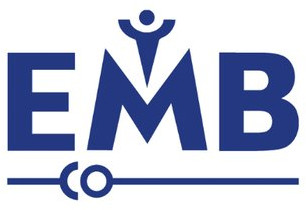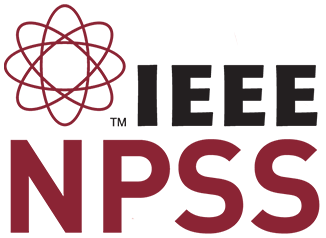All submitted articles will go through a pre-screening before being sent out for review. Articles may be rejected without review for any of the following reasons:
- The author(s) have not followed the IEEE guidelines for style.
- The author(s) have obviously violated IEEE Policies.
- The article is not comprehensible (in other words, so poorly written that it is unreadable).
- The subject and contents of the article do not meet the scope of the journal or a specific issue.
- The article does not meet minimum criteria for technical substance.
A manuscript may be rejected for insufficient technical substance (item #5 above) for any of the following reasons. Such a decision can be made by the Senior Editor with the concurrence of two other members of the Editorial Board.:
- The manuscript obviously shows little or no advance over the state-of-the-art in the area.
- The manuscript does not clearly show how it relates to other work in the field.
- The manuscript does not provide enough information for others to make use of the approach reported in the manuscript.
- The manuscript is a project report, not of general applicability and with little interest to readers outside of that particular project.
- The manuscript is a progress report with little new since a previous publication.
- Models presented are not validated by experimental data or by other means.
- The paper does not draw conclusions from the data presented.
Once a submitted manuscript has passed the screening described above, it is assigned to reviewers who are experts in the field to assess, using as a minimum set of criteria the “Items for Authors to Address Before Submission” listed above. Typically three reviewers are used to evaluate each manuscript; sometimes more may be used, but there will always be a minimum of two independent reviewers used for each manuscript. The reviewers’ comments will be transmitted to the authors, along with comments that may be made by the Associate Editor and/or Senior Editor regarding the manuscript, in the email transmittal of the decision made regarding the manuscript.
The Associate Editor makes a recommendation for the manuscript based upon the reviewers’ comments and his/her own assessment of the work. The Senior Editor makes a final decision based upon the Associate Editor’s recommendation, the reviewers’ comments, and his/her assessment of the manuscript. The decision can be to accept the manuscript, to request that the author(s) make minor revisions to the manuscript and submit the revision for further review, to request that the author(s) make major revisions to the manuscript and submit the revision for further review, or to reject the manuscript from further consideration for publication. A revised manuscript submitted in response to the decision will go through additional review by at least the Associate Editor and Senior Editor, and also typically by the reviewers who did the review of the original manuscript if major revisions were required. The revised manuscript can receive any of the same four decisions described above. Manuscripts which after this second review still require major revisions to reach publishable status will typically be rejected from further consideration. Thus it is advisable for authors to try to fully address all reviewers’ comments and concerns in their first revision of the manuscript. As part of that revision, authors must provide a detailed point-by-point response to each of the reviewers’ and Editors’ comments.


